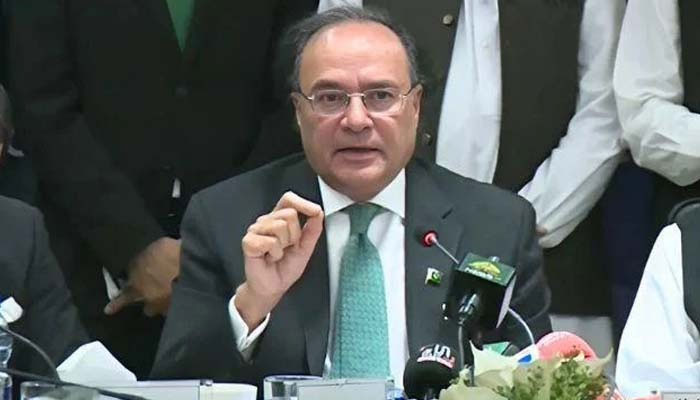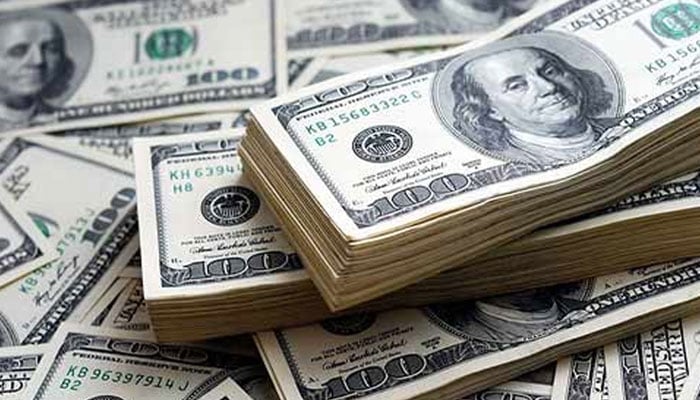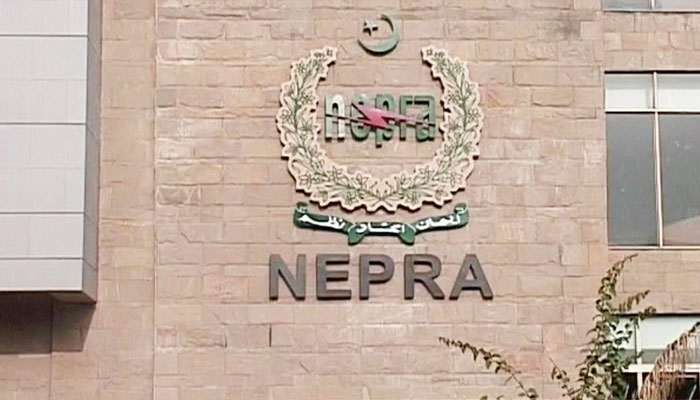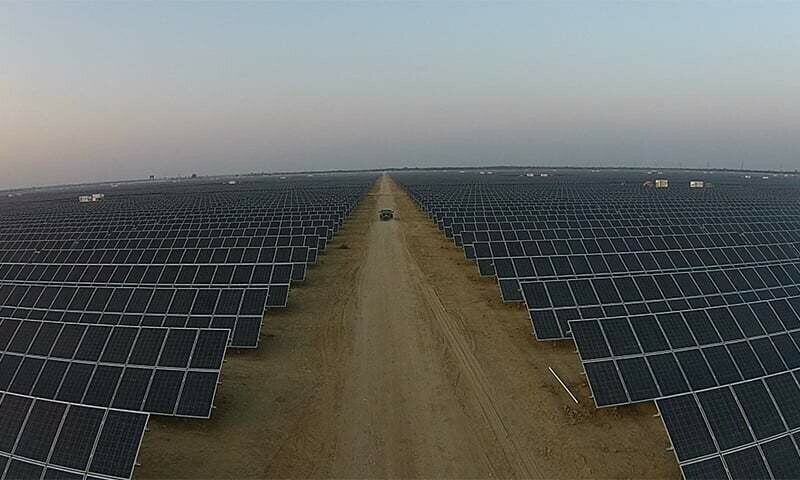TRADE & ECONOMY
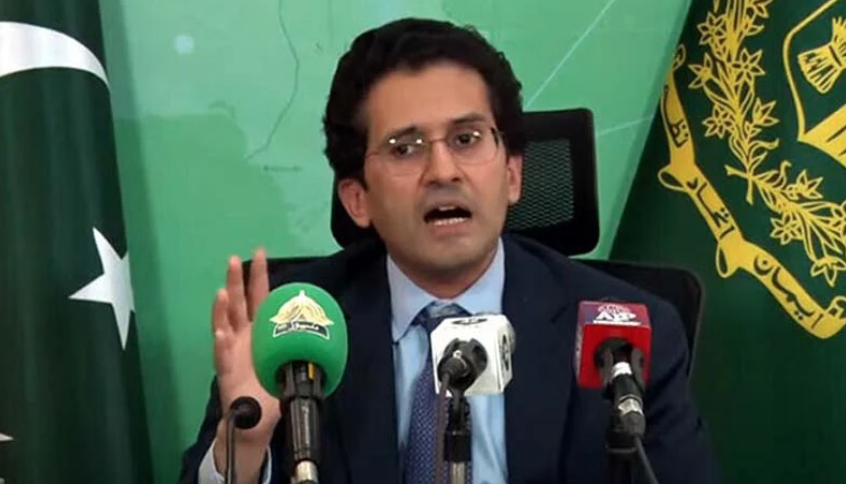
The federal government has revealed significant fiscal developments in the energy sector, including an earlier increase in petroleum levy rates and alarming figures on the country’s power sector debt.
During a question-and-answer session in the National Assembly, Petroleum Minister Ali Pervez Malik informed lawmakers that on April 16, the petroleum levy was increased by Rs 8 per litre on petrol and Rs 7 per litre on diesel. However, the minister noted that this adjustment did not translate into a price increase for consumers at the time.
He further disclosed that a total of Rs 34.87 billion was collected through the levy up to June 30 this year, while the government has set an ambitious target to collect Rs 1,485 billion in the fiscal year 2025-26. The minister clarified that the petroleum levy is deposited into the general fund, which is allocated by the Ministry of Finance for various expenditures.
Separately, Energy Minister Owais Leghari presented details of the country’s growing circular debt in the power sector. He revealed that by May 2025, the total circular debt had reached Rs 2.47 trillion.
Leghari attributed the build-up of this debt to the persistent inefficiencies of power distribution companies (DISCOs) and unbudgeted subsidies. To address the crisis, the government is arranging Rs 1,275 billion to reduce the overall debt burden. According to the minister, the financing cost of this plan will be recovered through a debt servicing surcharge.
The figures underline the dual challenge facing Pakistan’s energy sector — managing rising fiscal pressures while addressing deep-rooted inefficiencies in the power distribution network.
